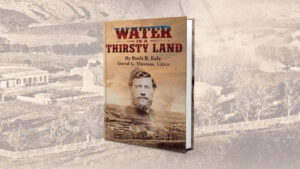HOLLYWOOD’S INDIAN: THE PORTRAYAL OF THE NATIVE AMERICAN IN FILM, edited by Peter C. Rollins and John E. O’Connor, Atlantic Monthly Press, 226 pages, $27.50.
In this collection of essays, 17 scholars discuss how Indians are portrayed in movies. The contributors all arrive at the same conclusion, that even in films sympathetic to Indian culture and causes, Native Americans rarely come out on top. In the earliest films, Indians were depicted as a force of evil, waiting just over the horizon for bands of unsuspecting white settlers. Even in modern revisionist films such as Little Big Man or Dances With Wolves, the hero is still a white man.
Another complaint among the scholars is the movie industry’s failure to distinguish among individual tribes. Indians are lumped together from one film to the next–complete with feathers, tomahawks, and tepees.
Industry icon John Ford is especially taken to task. The contributors point out how from silent film days until his last western, Cheyenne Autumn in 1964, the legendary director’s vision softens from savagery to “noble savage,” yet still bears Hollywood hallmarks that perturb Native Americans. In fact, Cheyenne Autumn’s principal Indian role was played by white actor Sal Mineo.
Several of the essays favorably mention a little-seen 1989 independent film, Powwow Highway, as coming from the mind and heart of Native Americans. It is this quality the authors find missing from the majority of films featuring Indians.
Milton Bagby is a Nashville screenwriter whose articles have appeared in Civil War Times Illustrated and Historic Traveler.




